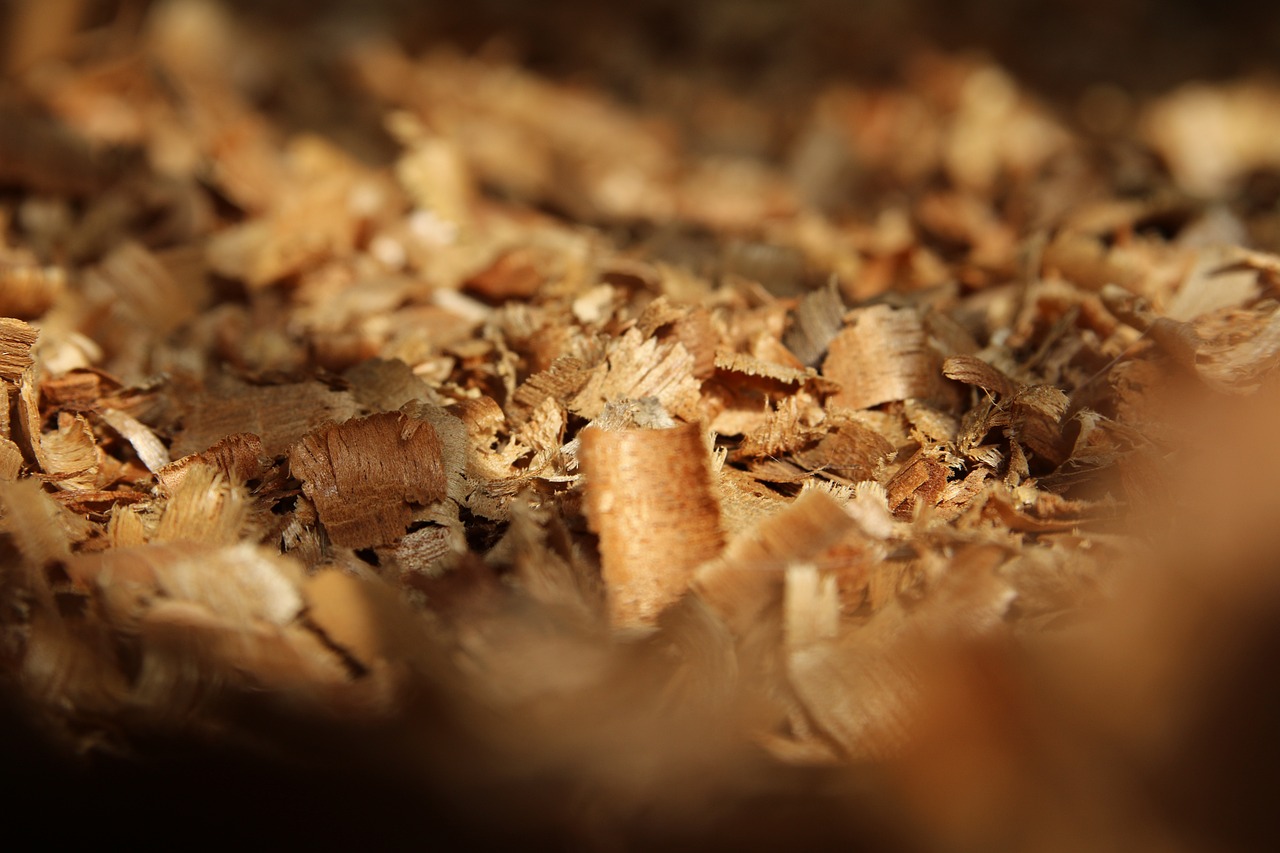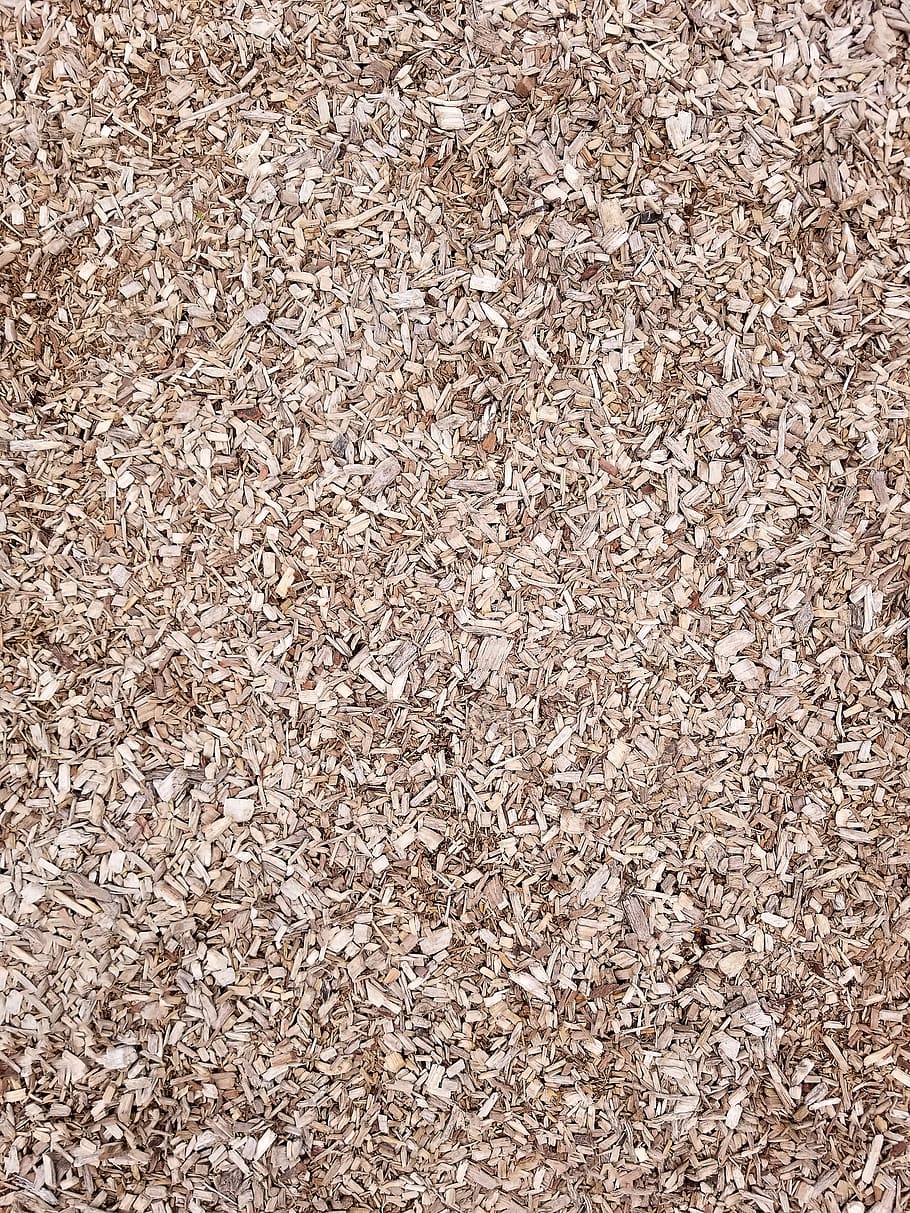
Gardening Tips: DIY Ramial Chipped Wood
Gardening Tips: DIY Ramial Chipped Wood
RCW, or ramial fragmented wood, is an effective technique for improving soil structure and acting as a powerful fertilizer. Originating in Quebec, this method involves shredding small, freshly-cut branches and spreading them on the soil in winter. By incorporating RCW into the soil in spring, gardeners can reap numerous benefits, including enhanced soil quality, increased yields, reduced water requirements, and fewer diseases. This article provides insights into making and using RCW effectively.
Step 1: Shred Your Garden Waste

To begin, shredding your garden waste is crucial for creating RCW. Follow these guidelines for optimal results:
- Select suitable materials:
- Focus on shredding deciduous tree branches, regardless of whether the leaves have fallen. This includes pruning residues from hedges, shrubs, and fruit or ornamental trees.
- Opt for young branches with a diameter of 2 to 4 cm, as they are rich in nutrients. However, you can shred branches up to 7 cm in diameter if your shredder can handle them.
- It’s also acceptable to add a small amount of coniferous branches, up to a maximum of 10-20% of the total volume.
- Determine the ideal timing:
- If your intention is to fertilize, shred, and spread RCW between early October and late February when hardwoods are dormant.
- For mulching purposes, you can do it at any time.
Step 2: Use Ramial Chipped Wood (RCW)

RCW offers distinct advantages in soil improvement and fertilization. Additionally, it can serve as an effective mulch. Here’s how to incorporate RCW into your gardening practices:
- Amend and fertilize the soil with RCW:
- Spread RCW as soon as possible after shredding, ideally within 24 hours. This time frame falls between October and February. Follow these steps:
- Spread the RCW in layers approximately 2 to 3 cm thick.
- Towards the end of April, incorporate the RCW into the soil by scratching the surface.
Note: To preserve its properties, avoid leaving RCW in a heap on the ground, as it can quickly heat up and lose its effectiveness. On clay soil, limit the layer of RCW to 1 cm to prevent excessive moisture retention during winter and delay the soil’s warming in spring.
- Mulch with RCW:
- RCW can also be used as a mulch, offering additional benefits. Follow these guidelines:
- Unlike fertilization, mulching with RCW can be done at any time of the year.
- Spread a thicker layer of RCW, approximately 5 to 10 cm, around the base of roses, perennials, vegetables, shrubs, and fruit trees.
- Leave the RCW on the soil’s surface without incorporating it.
Note: If you specifically intend to use RCW as a mulch, consider incorporating cedar twigs into the mix. Cedar twigs can assist in weed control within the mulch layer.
Equipment Needed
To effectively make and use your own RCW, ensure you have the following equipment:
- Plant shredder: Select an efficient shredder, either electric (minimum power of 2,000 watts) for smaller amounts of material or thermal shredder for larger quantities and thicker branches. Consider renting a shredder for a day if needed.
- Shovel: Essential for spreading RCW and incorporating it into the soil during fertilization.
- Rake: Useful for even distribution of RCW as mulch.
- Claw: Helps with scratching the soil to incorporate RCW during fertilization.
RCW, or ramial fragmented wood, is a valuable technique for improving soil structure and providing effective fertilization. By following the steps outlined above, including shredding garden waste and utilizing RCW as either a soil amendment or mulch, gardeners can enjoy enhanced soil quality and various gardening benefits. Incorporating RCW into your gardening practices contributes to sustainability by recycling garden prunings effectively. So, make the most of RCW and witness the positive impact on your garden’s health and productivity.
